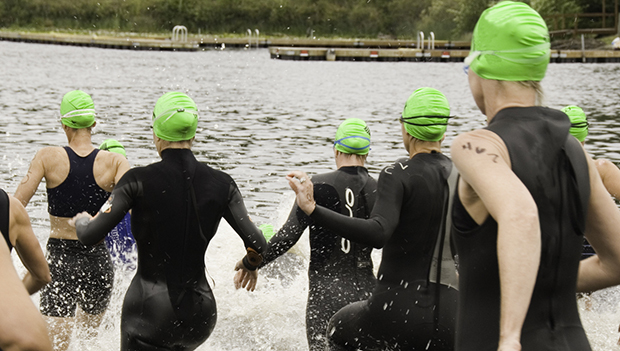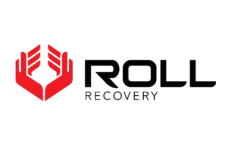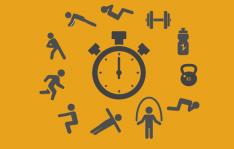
Even after you've done all the training, tapered the right way, and prepared yourself mentally for the day of the race, there's still a lot that can go wrong during a triathlon. The good news is that race day will go much smoother if you can implement a few simple strategies to avoid most common mistakes. Identify these 10 triathlon race-day blunders and learn how to fix them.
More: What I Wish I Knew Before My First Race
1. Putting off packing until the night before the race.
It's easy to put off packing for the race until the night before. Work, life and other obligations sometimes take priority. Even if you use a race-day packing list (and you should), if you discover at 9:00 p.m. the night before that something is broken or that you're out of your special race-day fuel, you'll have little to no wiggle room to solve the problem.
Solution: Have a race-day packing list and pack two days prior to the event. This will lower the likelihood of being without something you'll need on race day.
2. Forgetting to practice open water swimming in your wetsuit.
If you haven't used your wetsuit since last season or if you've just bought a new one, it's a risk to assume it will fit. If it doesn't, an ill-fitting wetsuit can cause hot spots or blisters that can wreck your race.
Solution: Practice swimming and sighting in your wetsuit at least once before the first race of the season. If you're traveling to a warmer climate, it's a good idea you to test your wetsuit in a heated pool that mimics race-day conditions.
MORE: How to Choose the Right Wetsuit for Your Triathlon
3. Building no time contingencies into your race morning.
Getting as much sleep as possible before your event is important. But it's a mistake to not give yourself a little more time for travel the morning of the race because you want to sleep in. Know that everyone is working backwards from the same start time and traffic could be a big issue on race morning. This will cause unwanted stress and wasted energy.
Solution: Add 20 minutes to the amount of time it normally takes you to get to the venue. It's better to be 20 minutes early than 20 minutes late.
4. Setting up your transition area and heading straight to the swim start.
If you didn't bother to get your transition navigation dialed in before the race, you'll be running around the lanes after exiting the swim like a maniac looking for your bike.
Solution: Before you head to the race start, walk from the exit of the swim into transition. Select markers like trees or light poles to find your bike. Do the same for the bike entrance into the run transition.
MORE: Everything You Need to Know Before Your First Triathlon Swim
5. Leaving the transition area without double-checking your bike.
It's an awful feeling to jump on your bike just past the mount line only to find out you left your bike in the big chainring and the smallest cog on the rear cassette. It's immediately impossible to pedal, and you're in a panic trying to change gears before you fall over. Equally annoying is the awful sound of a brake pad rubbing on your rim just as you take off, which could waste precious time if you're forced off the bike to fix it.
Solution: Make a small transition area checklist that includes inflating tires, checking for rubbing brake pads, and putting the bike in the right gear before the start of the race.
- 1
- of
- 2








Discuss This Article